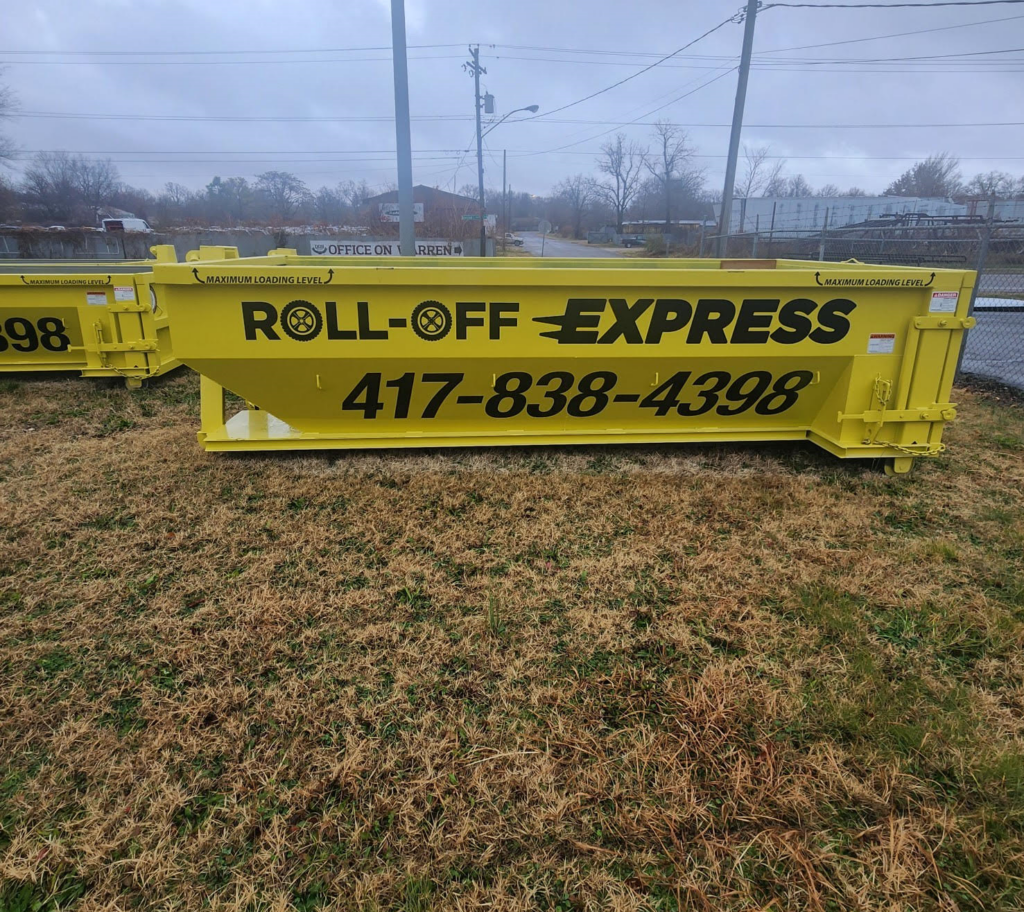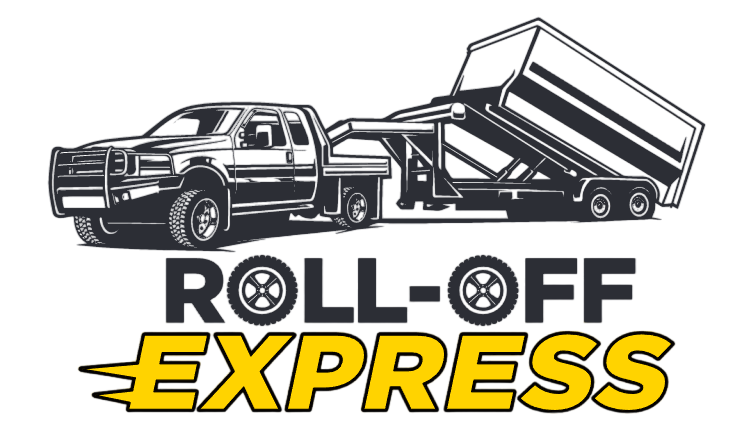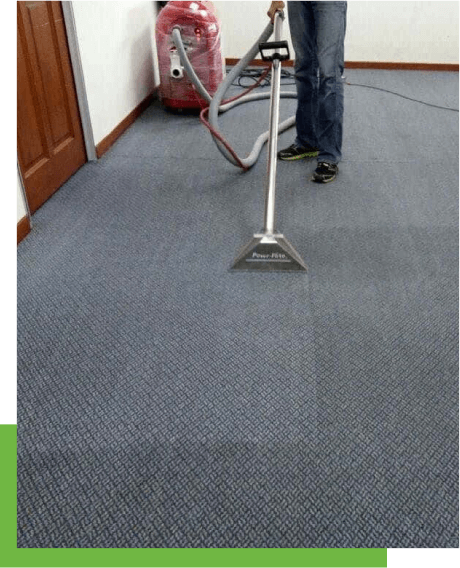Dumpster Rental Springfield MO: How Contractors and Homeowners BenefitDumpster Rental Springfield MO: How Contractors and Homeowners Benefit
Dumpster Rental Springfield MO: How Contractors and Homeowners Benefit

Managing waste is a challenge both contractors and homeowners face. From construction projects to home cleanouts, debris piles up quickly. Making multiple trips to the landfill takes time and effort, but Roll-Off Express offers reliable dumpster rental Springfield, MO as a simple solution. A rental provides space to handle everything from construction scraps to old furniture, all hauled away once the job is done.
This article explains the key benefits of dumpster rentals for both contractors and homeowners, plus tips for choosing the right size and making the process smooth.
Why Dumpster Rental Springfield, MO Makes Sense
Springfield is a city with constant growth—new buildings, remodels, and cleanouts are part of everyday life. While regular trash service works for household waste, it’s not designed for bulky or heavy items like roofing shingles, drywall, or large furniture. A rental dumpster is built for these larger projects, keeping debris contained and out of the way.
Benefits for Contractors
Contractors often deal with large amounts of debris on every job. From demolition waste to leftover materials, managing disposal is a big part of keeping projects on schedule. Renting a dumpster in Springfield MO helps contractors work more efficiently and avoid common problems that come with handling waste.
Keeps Job Sites Organized
Construction creates steady waste: wood scraps, shingles, packaging, and more. Without a central place for disposal, debris can scatter and slow down work. A dumpster keeps everything in one place, making the site safer and more efficient.
Saves Time and Labor
Hauling waste to a landfill eats into valuable work hours. With a dumpster, workers focus on building instead of dumping loads. Once full, the rental company handles removal.
Ensures Compliance
Springfield has rules for waste disposal, and contractors must follow them. Rental providers know local regulations and make sure debris is disposed of properly, saving contractors from fines or project delays.
Improves Safety
Piles of waste can create trip hazards. Having a dumpster reduces risks for workers and clients, helping contractors maintain a safer job site.
Benefits for Homeowners
Home projects often create more waste than expected, whether it’s from cleaning out old belongings or tackling a remodel. For homeowners in Springfield, MO, renting a dumpster provides an easy way to handle junk and debris without the hassle of multiple trips to the dump.
Simplifies Cleanouts
Major cleanouts, whether for downsizing, moving, or spring cleaning, can create overwhelming piles of junk. A dumpster rental allows homeowners to clear clutter in one step without worrying about curbside pickup limits.
Supports Renovations
Even small remodeling projects generate debris. Dumpsters make it easy to toss old cabinets, flooring, or drywall, keeping the home tidier during the project.
Fits Different Budgets
Rental companies offer a variety of sizes. Smaller dumpsters work for light cleanouts, while larger ones handle full remodels. This flexibility keeps costs manageable.
Reduces Stress
Knowing all debris will be hauled away when finished makes any project easier to manage. It takes the worry out of junk removal.
Choosing the Right Dumpster Size
Picking the right size saves money and avoids overflow. Common options include:
10-yard dumpster: Great for small garage cleanouts or yard debris.
20-yard dumpster: Works for medium projects like roof replacements or basement cleanouts.
30-yard dumpster: Fits full remodels or large amounts of debris.
40-yard dumpster: Best for contractors managing commercial construction or major demolitions.
What Can Go Inside
Most everyday debris can go into a rental dumpster:
- Construction scraps (wood, drywall, roofing)
- Household junk (furniture, appliances, clothing)
- Yard waste (branches, shrubs, small amounts of soil)
Items like paint, chemicals, batteries, and tires are typically restricted. It’s best to confirm with the rental company before loading.
Tips for a Smooth Rental
- Reserve Early: Dumpsters are in demand, especially in warmer months.
- Pick a Spot: Place the dumpster on a driveway or solid surface with enough clearance.
- Follow Rules: Ask about weight limits and restricted materials.
- Load Efficiently: Place heavy items on the bottom and lighter debris on top.
- Schedule Pickup: Call for removal once the job is done to avoid extra fees.
Why Springfield Residents Choose Dumpster Rentals
Contractors rely on dumpster rentals to keep projects efficient and safe, while homeowners appreciate the stress-free disposal during cleanouts or remodels. With different sizes and flexible rental terms, dumpsters provide a practical option for anyone dealing with more waste than regular pickup can handle.
A Simple Solution for Stress-Free Waste Removal in Springfield MO
Whether it’s a weekend garage cleanout or a large construction project, dumpster rental in Springfield, MO makes waste removal simple. Contractors benefit from organized, compliant, and safer job sites. Homeowners gain convenience, flexibility, and peace of mind. Renting a dumpster saves time, reduces stress, and keeps projects moving forward without the hassle of endless trips to the dump.

Roll-Off Express
Springfield, Missouri 65802
(417) 838-4398
https://roll-offexpressllc.com/



